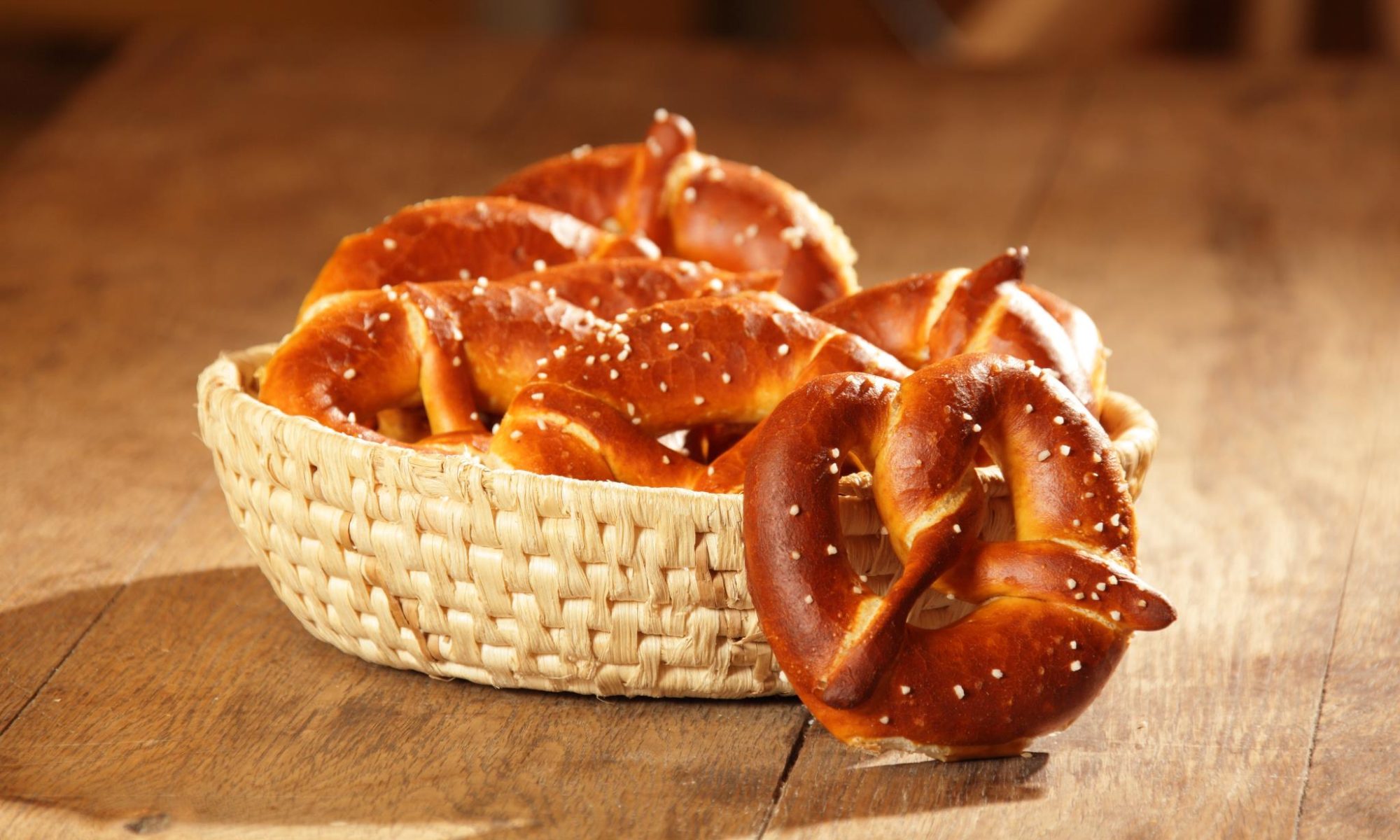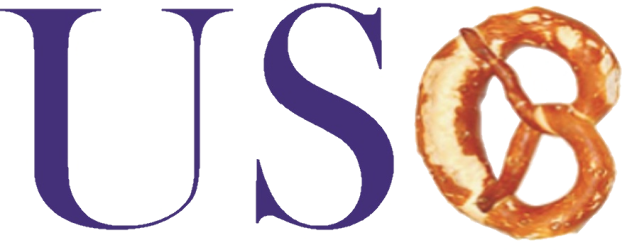In comparison, you will find less reasons that buddies may display heterophily within their genotypes (12).
On the other hand, you can find less reasons that buddies may display heterophily within their genotypes (12). As an example, heterophily is not very likely to arise by populace stratification, nor by an easy process of men and women selecting, or being attracted to, the exact same environment for the exact same explanation. Alternatively, there’s two other procedures that would be at your workplace. First, particular surroundings might foster interactions between individuals with dissimilar characteristics. Second, people may earnestly elect to befriend individuals of a various type (“opposites attract”). In reality, this type of event happens to be proposed for reproductive relationships, plus some experiments declare that women and men may select lovers with other immune protection system genotypes (14, 15).
Significantly, each one of these procedures might be at your workplace simultaneously, and people may pick buddies and surroundings according to a variety that is wide of, a number of which end up in advantages when homophily occurs (synergy) as well as others of that might produce advantageous assets to heterophily (complementarity or specialization) (3, 11). The individuals to who our company is linked provide essential capabilities, through the power to defend against infections, towards the power to send or exploit information that is useful to your capacity to reciprocate cooperative exchanges. Consequently, the physical physical fitness advantageous asset of some gene variations may be impacted by their synchronous existence or lack in other people to whom one is linked.
Evolutionary models show that choices for both homophily and heterophily can evolve with regards to the fitness that is relative of genotypic similarity and dissimilarity on provided characteristics (10).
Evolutionary models show that choices both for homophily and heterophily can evolve with regards to the fitness that is relative of genotypic similarity and dissimilarity on provided faculties (10). Nevertheless, these models additionally show that homophily evolves under a much wider variance of conditions than heterophily—even if the physical physical fitness benefit to dissimilarity surpasses the physical fitness advantage to similarity (10). This is because than it is to find and successfully interact with a dissimilar partner in a population of dissimilar individuals it is cheaper to get and effectively connect to an identical partner in a populace of comparable people. For an instinct regarding this observation, consider populations at fixation. For populations with a plus to homophily, all folks have the trait that is same fixation, and in addition they all will gain the benefit in most conversation. On the other hand, for populations with a bonus to heterophily, a lot of people get one trait plus some have actually another, meaning you may still find probably be at the least some same-type encounters when you look at the populace that don’t produce the bonus to interactions that are dissimilar-type. These theoretical models therefore declare that we ought to on average, expect friends to exhibit greater genetic similarity across the genome as a whole (10) that we should find more genotypes that are positively correlated between friends than negatively correlated and.
Then we would also expect to see signs of positive selection for genes that exhibit positive correlation between friends if homophily generally contributes to evolutionary fitness across a wide variety of traits. In that case, it can declare that our ability to it’s the perfect time with not related strangers might have played a job in individual development. This ability https://www.camsloveaholics.com/female/huge-boobs to make friendships and also this choice for homophily which can also be observed in other social pets such as dolphins (16) and primates (17) may perhaps mirror the extensive workings of the kin detection system (18) in a way that genetically comparable (but unrelated) buddies are some sort of “functional kin. ” Humans may—when choosing friends from among people that are strictly perhaps perhaps maybe not pertaining to them—come to select people who do, most likely, resemble them for a genotypic degree.
Here, we conduct, to your knowledge, the initial analysis that is genome-wide of in genotypes between buddies. We stress that people aren’t conducting a genome-wide relationship research (GWAS) of the tendency become friendly (or some comparable complex social trait); instead, we have been utilizing GWAS processes to determine specific theorized habits (10) over the entire genome. Utilizing information through the Framingham Heart research, we analyzed 466,608 (unimputed) SNPs in 1,932 unique topics whom are in a single or maybe more of 1,367 relationship pairs (see SI Appendix for information construction and summary). The information we utilized (which we now have uploaded up to a provided information repository at www. Ncbi. Nlm. Nih.gov/projects/gap/cgi-bin/study. Cgi? Study_id=phs000153. V6. P5) are exceedingly scarce; we all know of hardly any other dataset of any significant size that has information about both relationship ties and typical genetic variations throughout the entire genome (SI Appendix). As a check against false positives, beyond one other procedures described below, we also performed a split-sample replication research. We additionally emphasize that, as with other whole-genome investigations with circumscribed examples (19, 20), our interest is certainly not in virtually any specific SNP, but instead into the pattern throughout the whole genome.

